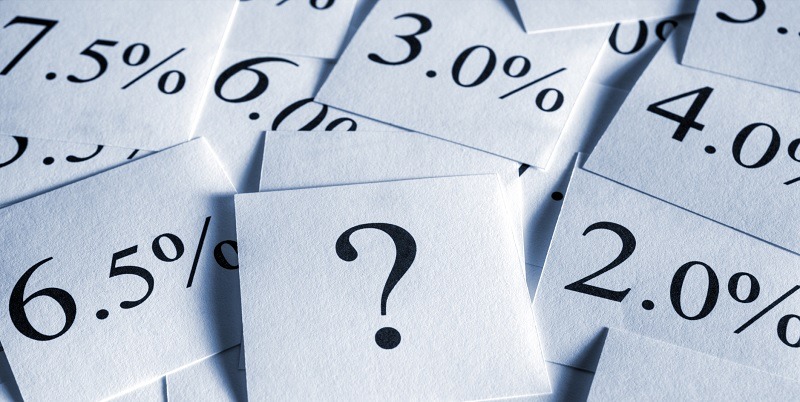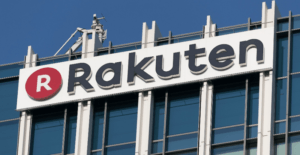 What is a savings account? It is an account that earns interest, in other words, money paid regularly at a particular rate for the use of money lent, or for delaying the repayment of a debt.
What is a savings account? It is an account that earns interest, in other words, money paid regularly at a particular rate for the use of money lent, or for delaying the repayment of a debt.
To start off, there are those ordinary high-interest savings accounts that do not come with any limitations or restraints and there are those high-interest Savings accounts with super high yield options that are more high maintenance and take time and patience to deal with. Both options are discussed in this post.
With the innovations of online banking, more institutions are starting to offer access higher to high-interest savings accounts that don’t require a large minimum balance.
Basically, the customer is able to get the most out of their account, and the more money they put into the account, the more interest they earn.
Use your higher interest rates to your advantage to earn more while you save more.
To help you gain some more knowledge on How to Find a High Interest Savings Account, we’ve compiled a list of things you should look out for to make the best decision.
Fees and Balances
A great advantage of having a high-interest savings account with an online bank is that they generally don’t have monthly fees or account minimums like your traditional brick-and-mortar bank.
Also, they do not require you to have a certain balance to open the account. This is good news because it means you can start saving money with any amount and still have those high rates.
Making Deposits
Everyone knows how to deposit checks at their local bank, whether it be by an ATM or by physically going inside the building. However, not everyone knows how to deposit their check with an online bank.
Before, people would have to mail in their checks and wait for it to be processed, but with newer technology many online banks offer some form of mobile deposit that allows you to scan your check.
A disadvantage would be having to deposit cash, but you can simply transfer funds to your savings account from a checking account at another bank.
Withdrawal Limits
Due to The Federal Reserve’s Regulation D, it may be difficult for you to access any of your money.
The requirement states that you can’t make more than six withdrawals from a savings account within a month, or else you’ll be subject to additional fees usually around $10.
A way around this would be ATM’s because the limit does not apply. However, if you have a Certificate of Deposit (CD), then this method may be more difficult.
What High-Yield Savings Accounts Are Great For
A savings account can be used more than just to earn you interest. It can be used for many other financial goals that you may have in the long run such as:
- An emergency fund. The rule of thumb for an emergency fund is to have at least three months of expenses saved for in case of an emergency. You won’t need this money all the time, but you do need access to it. This type of account is perfect for that purpose and earning you interest.
- Sticking with a budget. On a high-interest savings account, you’re limited on the amount of money you can spend. Unlike a checking account and debit card, where you can spend as much money as you have in the account. For savings accounts, your primary goal is to save money to utilize the high interest to its maximum potential.
- Saving for a major purchase. If you want to make a big purchase in the future, whether it be for an event, house or car, putting your money in a high-yield account means it will keep earning interest even after you’ve bought it.
 |
 |
Bottom Line
All in all, it’s a good idea to leave your money in some sort of interest bearing account – majority of checking accounts yield no return while your funds sit there.
Some of the important things to note is that you want an account that will offer you a high-yield interest on your deposit, as well as, little to no fees.
Saving money is a commitment all year long, and keeping on track can be difficult. Interested in more savings account options & rates? See our list of the Best Bank Rates and the Best Money Market Rates, here on HMB!



